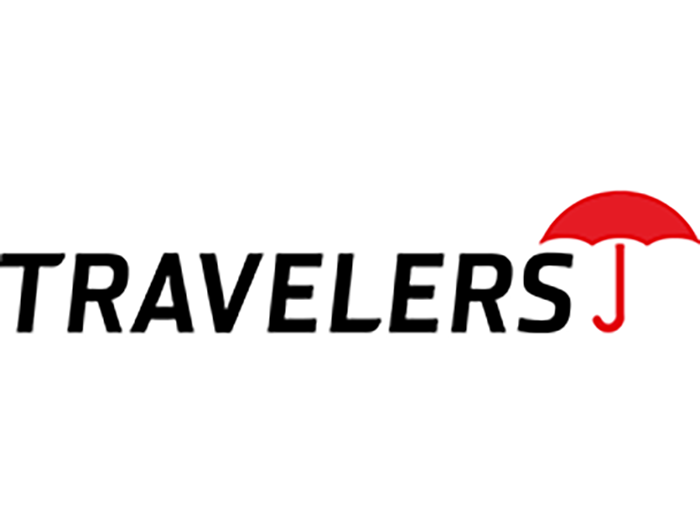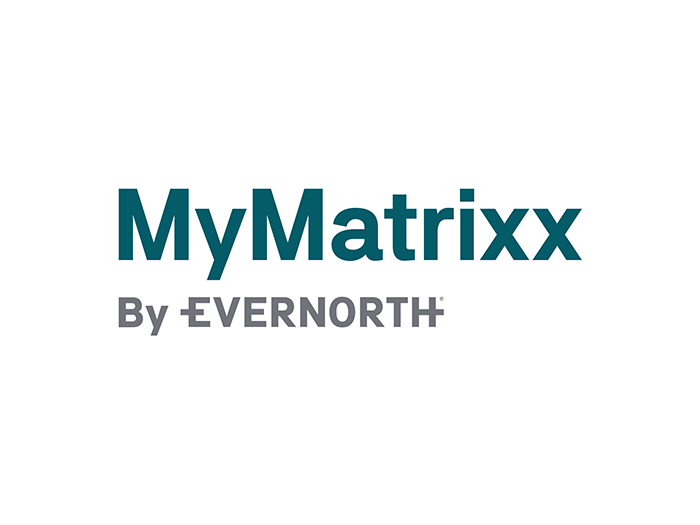5 Absence Management Trends for 2022
Predicting trends in integrated absence management, which is part of my annual tradition, enables me to throw a wide net on industry issues before I focus the list to the five you see here.
And this year, it was harder than usual to narrow down the list.
To say the last few years have been challenging would be a gross understatement, and amid the uncertainty introduced by COVID-19 and the Great Resignation, managing employee absence has expanded in scope and influence.
Professionals are juggling concerns about long-haul COVID, mental health issues, high volumes of accommodation requests, an ongoing need to adjust (and readjust) plans for returning employees to offices, and changes to paid family medical, parental, and child bonding leaves.
These issues will define integrated absence management throughout 2022.
1) Americans with Disabilities Act (ADA) & COVID-19
Navigating the COVID-19 vaccine mandate landscape and assessing reasonable accommodations feels like a high-stakes game of whack-a-mole.
While the U.S. Supreme Court issued another temporary stay for the Emergency Temporary Standard and the Occupational Safety and Health Administration (OSHA) withdrew its enforcement, we expect a permanent COVID-19 health care standard, so this is still a live issue for employers.
Meanwhile, employers are grappling with long-haul COVID.
There are a lot of unknowns with this condition, which could have massive implications considering that anywhere from 7.7 to 23 million people have it as of February 2022, the U.S. Government Accountability Office reports. Long-haul COVID can be considered a disability under the Americans with Disabilities Act (ADA).
While work is underway to provide more definition for “long COVID” and its effects, employers are caught once again in a situation that is evolving in terms of understanding and appropriate response. Several groups are advocating for a national plan to address the issue, and the National Institutes of Health will grant $1.15 billion in funding to research prolonged health consequences of the pandemic.
One study showed that breakthrough infections in vaccinated people were less likely to cause long COVID, which “causes brain fog, muscle pain, fatigue, and other debilitating symptoms that can last for months.”
Employers are also watching how courts define “reasonable” as leave management professionals field high volumes of medical and religious accommodation requests to COVID vaccine requirements. And in some states, such as Florida, there is an expanded accommodation list including pregnancy or anticipated pregnancy.
Organizations must also track vaccine status to ensure office safety while handling non-COVID-related leave requests, and they’re considering the long-term ramifications of policy workarounds introduced to keep businesses running during the pandemic. In 2022, more companies plan to review and finalize, extend, or rescind those policies, according to the 2021 DMEC Employer Leave Management Survey.
2) Paid Family and Medical Leave
Absence management professionals continue to watch what transpires (or not) at the federal level while they monitor state laws to ensure compliance, assess how laws interact with employer-sponsored leaves, and consider equity issues in an increasingly difficult hiring environment.
It will be increasingly important to include information about the concept of fair versus equal when evaluating and communicating benefits for salaried and hourly employees.
Toward this end, consider comprehensive communication strategies that appeal to a diverse group of employees and outline differences in benefit packages to help them understand how compensation aligns with their skills and jobs.
It is more important than ever to communicate clearly about every type of leave from state and federal to company sponsored in ways that make sense to employees.
3) Legalized Recreational Marijuana Use & It’s Effect on Employers
As more states pass recreational marijuana and more employees work remotely, how do employers enforce drug policies when support for legalizing marijuana is at a record high of 68%?
Tracking which states approved medical marijuana (36 plus the District of Columbia, Guam, Puerto Rico, and the U.S. Virgin Islands) and recreational marijuana (18 plus two territories and the District of Columbia) is essential as employers consider policies on drug testing as well as worker safety, recruitment, and retention.
This issue is not new, but it poses greater challenges today as employers struggle to fill positions and an increasing number of employees believe marijuana should be legal.
While most of the discussion focuses on pre-employment drug testing — which was intended to improve workplace safety — some HR professionals are questioning whether testing in its traditional form has outlived its purpose.
4) Diversity, Equity, and Inclusion (DEI)
Demonstrating a commitment to DEI will become increasingly important as employees have more options for where, how, and when they work. Some employers are reassessing policies to create and foster environments that support DEI, but there is a lot of work to be done.
DEI includes issues like pay equity and transparency for salary as well as benefits for exempt and non-exempt employees. Salary, described as “the missing link” for DEI, reflects how much an organization values employee contributions or at least that is how it is perceived.
And while there’s been progress with employers reassessing benefit plans — from covering medical procedures like gender reassignment surgeries to accommodations made for gender-neutral employees — data shows huge discrepancies in earnings.
5) Employee Experience
Many believe the traditional office environment will soon be a relic for employers that recognize how valuable flexibility is as a recruitment and retention tool. In fact, a recent survey showed that 76% of participants might leave jobs if working from home didn’t become a permanent option, CNBC reports.
The other major influence on resignations is a belief that employers are not empathetic to the employee experience. So, how do you enrich your employees’ experiences?
Some employers are using benefits (from flexible workplaces to a la carte benefit options and education reimbursement) to differentiate themselves, and we’re hearing about employee well-being benefits that could entice longer tenure.
These types of changes are difficult for executives, who struggle to relinquish the control employers once had over when, where, and how employees work. And it’s a discussion that centers on culture and operations. &










